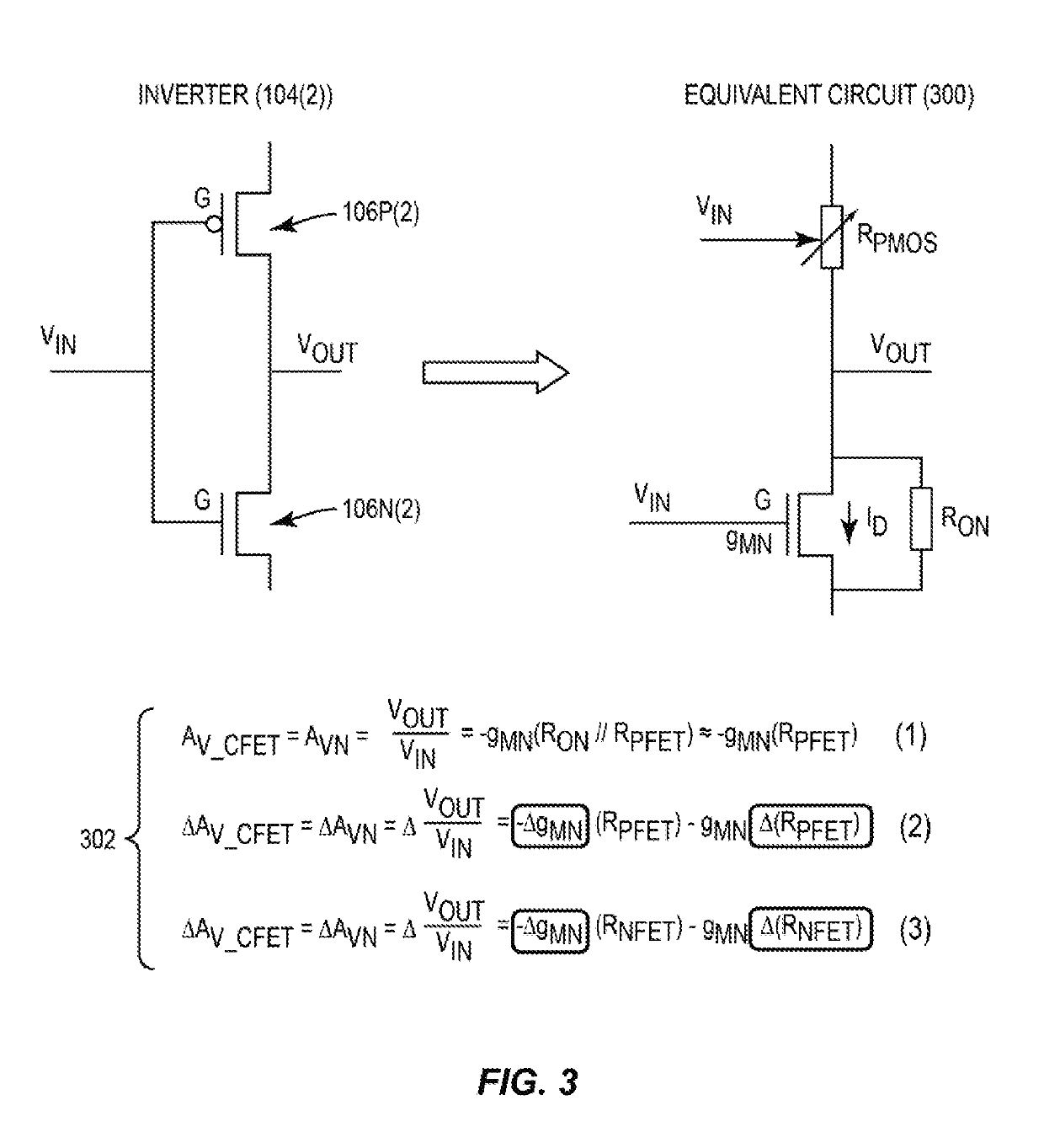Physically unclonable function (PUF) memory employing static random access memory (SRAM) bit cells with added passive resistance to enhance transistor imbalance for improved PUF output reproducibility
a technology of static random access memory and puf, which is applied in the field of puf memory, can solve the problems of high error rate between cycles, temperature, supply power, and puf cells reacting and generating responses, and it is virtually impossible to duplicate or clone puf, so as to enhance the imbalance between transistors and improve the reproducibility of puf output. the effect of enhancing the imbalance between transistors
- Summary
- Abstract
- Description
- Claims
- Application Information
AI Technical Summary
Benefits of technology
Problems solved by technology
Method used
Image
Examples
Embodiment Construction
[0035]With reference now to the drawing figures, several exemplary aspects of the present disclosure are described. The word “exemplary” is used herein to mean “serving as an example, instance, or illustration.” Any aspect described herein as “exemplary” is not necessarily to be construed as preferred or advantageous over other aspects.
[0036]Aspects disclosed herein include physically unclonable function (PUF) memory employing static random access memory (SRAM) bit cells with added passive resistance. A passive resistance is provided by a passive component (e.g., a resistor, a magnetic tunnel junction (MTJ), a resistive RRAM resistance, etc.) that does not require electrical power to provide resistance. Added passive resistance can enhance imbalance between transistors of an SRAM bit cell for improved PUF output reproducibility. Enhancing the imbalance between transistors in the SRAM bit cell can more fully skew the SRAM bit cell for increased PUF output reproducibility while still ...
PUM
 Login to View More
Login to View More Abstract
Description
Claims
Application Information
 Login to View More
Login to View More - R&D
- Intellectual Property
- Life Sciences
- Materials
- Tech Scout
- Unparalleled Data Quality
- Higher Quality Content
- 60% Fewer Hallucinations
Browse by: Latest US Patents, China's latest patents, Technical Efficacy Thesaurus, Application Domain, Technology Topic, Popular Technical Reports.
© 2025 PatSnap. All rights reserved.Legal|Privacy policy|Modern Slavery Act Transparency Statement|Sitemap|About US| Contact US: help@patsnap.com



